Exonemo
The collectability of NFTs is a new conceptual playground for an artist duo that for two decades has explored emotional connections to digital media.
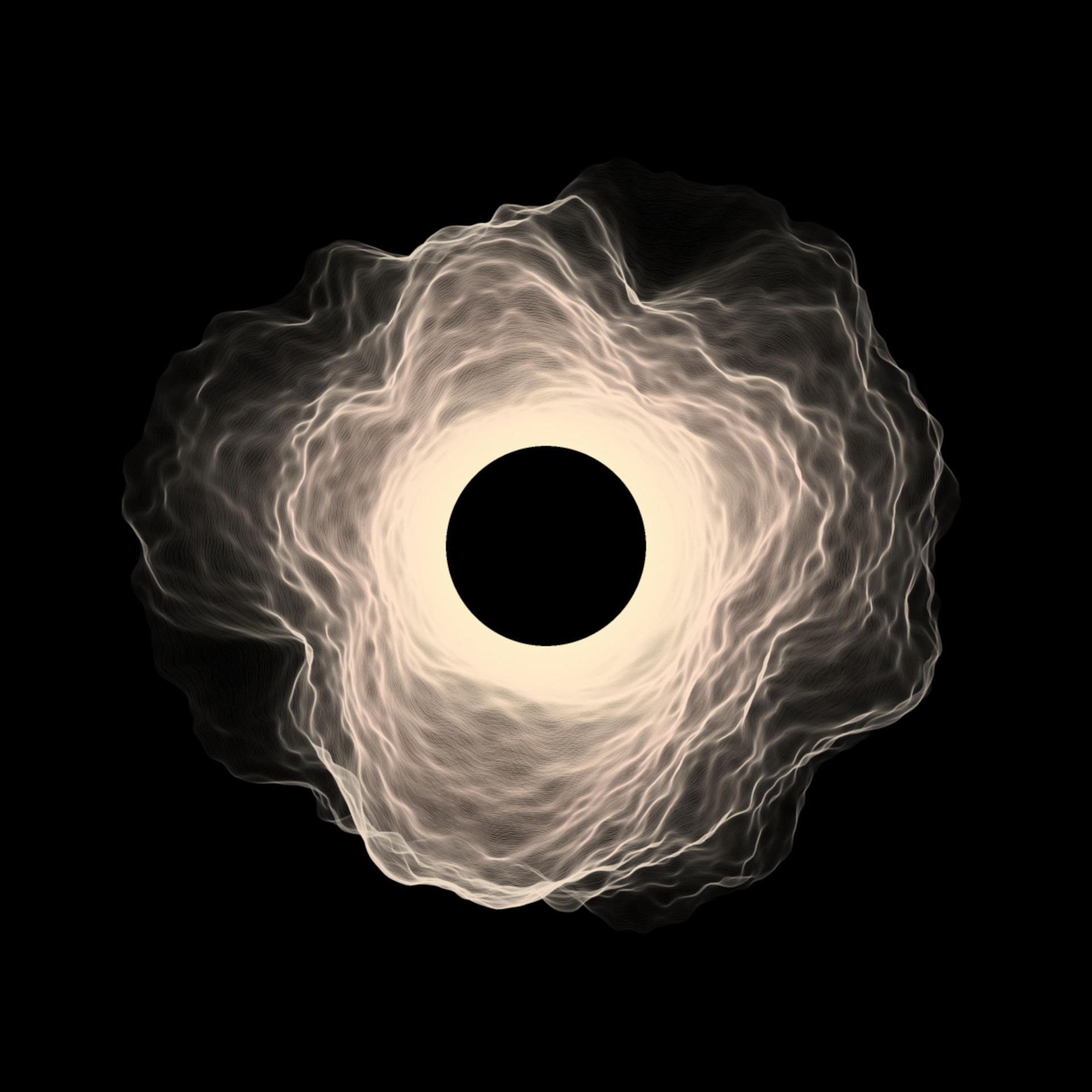
Since its founding in 1989, the Center for Art and Media (ZKM) in Karlsruhe, Germany, has been a leader in defining institutional practices for the collection and display of new media art. It was an early adopter of the blockchain, too. In 2017, Daniel Heiss, an artist and software developer who works in the ZKM’s exhibition technology department, brought his knowledge of crypto to the ZKM’s programs. In this interview, Heiss talks about his original initiatives to teach visitors about blockchain technologies, and how he sees education and participation in decentralized networks as essential components of collecting.

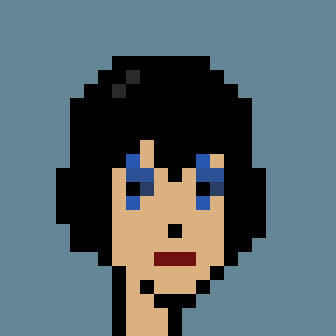
ZKM has been engaged with the blockchain for quite a while now. We had an exhibition in 2017 called “Open Codes,” which aimed to educate visitors about current development in tech, such as AI and biohacking. I put together an installation I had first conceived in 2013, when the first miners appeared—machines that promised to generate money out of nothing, or out of power alone. My installation presented a small mining farm. There was a very new ASIC miner alongside one of the first ASIC miners, and an installation called One-Shot Miner where you could push a button and execute a single iteration of mining, a process that was happening ultra-fast on the other machines, so you could see what was going on. There was also a screen display juxtaposing power consumption to generated value over the last twenty-four hours. People could see how much these numbers changed over the exhibition run time. Cryptocurrency spiked for the first time in 2017, so we were generating 30 EUR per day. Then it crashed, and the power consumption exceeded the generated value.
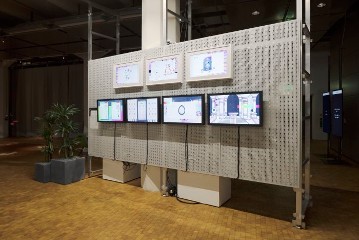
We used the currency that we mined in the installation for workshops with visitors. We’d hand out small amounts of Bitcoin in the form of paper wallets to each participant, and we taught them how to install a digital wallet on their phone or laptop and import the key from the paper wallet. We taught them to do transactions. Around the same time I heard about this new thing called NFTs, so I did some research and early in 2018 we used some of the ETH we had mined in the installation to buy four CryptoPunks and a few CryptoKitties. We thought it would be fun to display this new style of comic art in the museum, so in fall 2018 we presented these pieces as an installation called “cryptoART Playground.”
ZKM is not just a museum. We produce artworks, and we conduct research. One of the main objectives that the founders had for the institution was to connect new developments in tech to art, in order to understand how tech might influence art, or how art would influence tech, and how both would affect society. So it was quite easy to convince curators and the director to engage with the blockchain and present it to visitors in entertaining ways. CryptoKitties was a nice gimmick back then. Kids liked it. We did a bit of gaming along with collecting. CryptoKitties were designed so that you could breed kitties in your collection and generate new ones, and we did this at a workshop to show participants what you can do with cryptocurrency. We are trying to help people outside the blockchain bubble understand what is happening. They might read something in the news but they don’t have the first-hand experience of actually using it. So it was important for us to approach it that way.
We invested quite early in a hardware wallet. We are currently in the process of reorganizing it as a safe multi-signature wallet, to make it more secure. Institutional procedures often require permission from multiple persons. We’re still finding the best way to handle crypto and administrative needs. It’s not that easy for a museum. But better do it now than never.
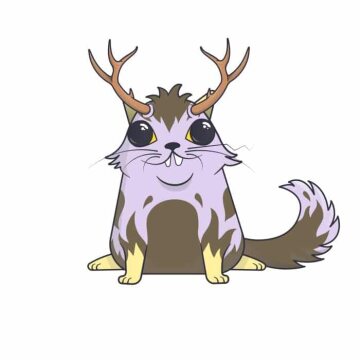
It’s important to define the place of NFTs in our collection. Some, like the CryptoPunks, will stay in the permanent collection forever. We have about fifty CryptoKitties because of breeding, and they were cheap back then. We don’t need fifty in our collection, so we may deaccession some. Currently we are very interested in on-chain NFTs. Generative art has always been part of ZKM’s collection. We have some of the earliest works by pioneers like Herbert W. Franke and Manfred Mohr. When we first heard about the on-chain approach, where you have instructions on how to create a file written to the blockchain, we realized this was significant. So it’s currently the focus of our collecting activities. It’s not possible for us to collect in every category and acquire NFTs by all the good and interesting artists. You have to pick some areas, and for us those are on-chain art and historical NFTs.
We collected the first Art Blocks drops: Chromie Squiggles, Construction Tokens by Jeff Davis, Hideki Tsukamoto’s Singularity, one Ringer by Dmitri Cherniak, and Ignition by Gerard Ferrandez. Art Blocks was the first to engage with on-chain art in a way that we could afford. We would love to have an Autoglyph by Larva Labs but we don’t have a enough liquidity to get one. I’m aware that there are more and more independently developed on-chain smart contracts. A student doing graduate research at ZKM recently developed his own on-chain gif art generator.
On-chain art interests us in part because it ensures the long-term preservation of assets. Preservation of digital art and new media installations is a big issue in our regular work. Our collection reaches back to the ’80s and ’90s, so we know how fragile digital art can be. Who knows what will happen to IPFS in ten years?
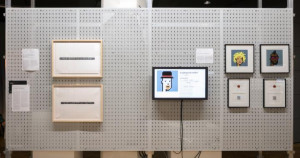
In terms of storing NFTs, you have to be very careful handling them, because the blockchain does not forgive any errors. I learned that the hard way—last year I made a mistake when transferring two of our four CryptoPunks and they ended up in an inaccessible wallet. Third-party attacks and other issues affect the security of cryptocurrency and NFTs. The museum needs to be aware of that. An institution changes employees, so it needs to approach things differently than a single private collector with the sole responsibility for their NFTs.
We also have our own IPFS node. It pinned the first five thousand mints on Hic et Nunc, but soon we had more data than we could manage. Running nodes is an area where institutions can get involved and do their part in decentralization. ZKM is running a Bitcoin node. We aren’t mining, but we’re hosting the blockchain. We are one of four thousand nodes worldwide. The blockchain is always said to be decentralized but when you look at the node counts, there aren’t that many. So this could be an area for institutions to participate: being part of the process, using decentralized storage services and hosting them. I’m not sure how it will develop. It’s a highly experimental space. You can only learn by participating and by doing it on your own.
—As told to Brian Droitcour
